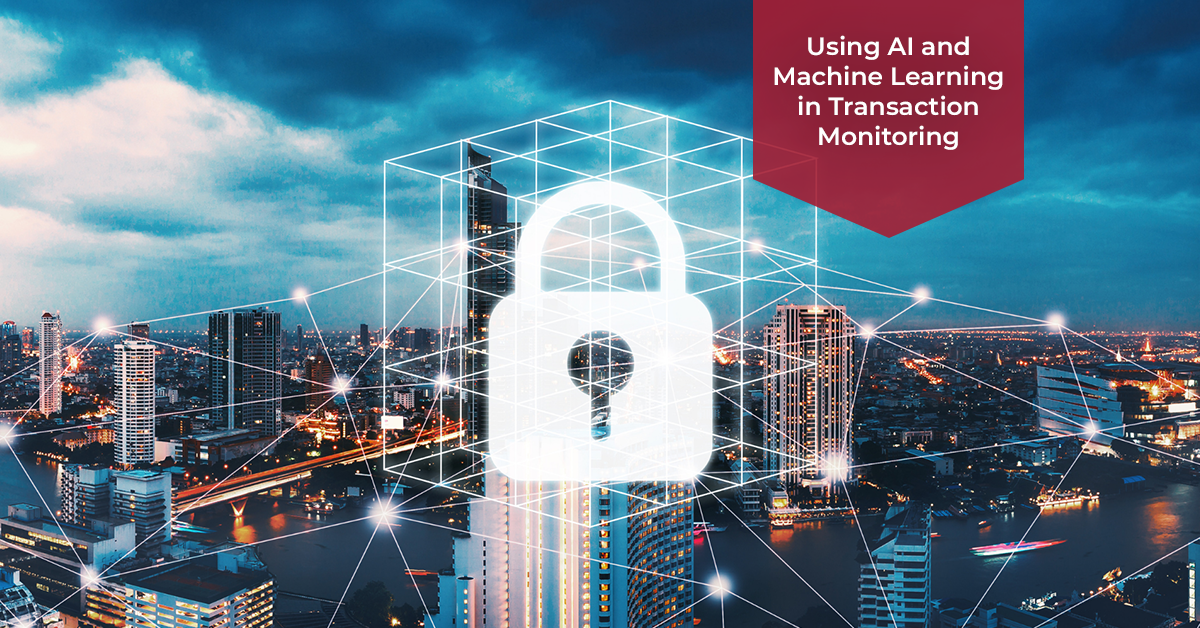
Using AI and Machine Learning in Transaction Monitoring
The battle against financial crimes like money laundering has grown increasingly difficult in the digital era of today. The complexity and number of contemporary financial transactions often overwhelm conventional approaches of transaction monitoring. But the scene of transaction monitoring is fast changing as Artificial Intelligence (AI) and Machine Learning (ML) are combined. These tools are transforming the way financial organizations spot and stop dubious behavior.
What Is Transaction Monitoring?
Real-time financial transaction monitoring is the practice of supervising events to identify and document any odd or suspicious activity. Anti-Money Laundering (AML) programs depend critically on this since it enables institutions to follow legal criteria and guard against fraud. Traditionally, transaction monitoring consisted on defining precise thresholds or criteria that, crossed, would cause an alert. But this approach frequently produces large false-positive rates and misses more complex financial crimes.
How AI and Machine Learning Are Changing the Game
By increasing dynamic and efficient nature, artificial intelligence and machine learning are revolutionizing transaction monitoring. AI systems can examine enormous volumes of data and find trends suggesting dubious activity, therefore substituting for set guidelines. Learning from fresh data, machine learning techniques can change with time and consistently raise their accuracy. This change from a rules-based to a pattern-based method lets one find difficult and hitherto invisible hazards.
Benefits of AI-Based Transaction Monitoring Systems
The capacity of artificial intelligence-based systems to lower false positives is among its most important benefits. Many lawful transactions are often flagged as suspicious by conventional monitoring systems, therefore wasting time and money. More accurate evaluations are made when artificial intelligence (AI) examines the context of a transaction, including elements of consumer behavior, transaction history, and market trends.
The speed and efficiency with which artificial intelligence can evaluate data is another main advantage. Every day millions of transactions are handled by financial institutions; personally monitoring these is not feasible. In seconds, artificial intelligence can sort through massive databases to find possible hazards free from human interaction. This not only saves time but also lets businesses react to dangers more rapidly.
Moreover scalable, or able to expand with the company, are AI-based solutions. AI systems can manage the rising burden without sacrificing performance as financial institutions grow and manage more transactions. Maintaining good transaction monitoring as companies develop depends on this scalability.
Furthermore, artificial intelligence systems can find latent links between transactions that might not be clear using more conventional approaches. For instance, even in cases where the sums involved are modest or distributed over several transactions, AI can find links between several accounts or transactions implying money laundering operations.
Challenges and Considerations
Though they have great benefits, artificial intelligence and machine learning are not without difficulties. Using AI-based transaction monitoring systems calls for both technological and personnel-based major expenditures. Concerns regarding data privacy and ethical application of artificial intelligence also exist. Financial organizations have to make sure their artificial intelligence systems run transparently and follow legal criteria.
Through more efficient, accurate, scalable development, artificial intelligence and machine learning are transforming transaction monitoring. These technologies are lowering false positives, enabling financial institutions to keep ahead of ever complex financial crimes by accelerating threat detection. Although putting artificial intelligence systems into use presents difficulties, the advantages much exceed the drawbacks. AI will become ever more crucial in protecting the financial system as financial crimes get more complicated.
AI presents a great tool for companies trying to improve their transaction monitoring initiatives to remain compliant and safe in an always changing environment.

